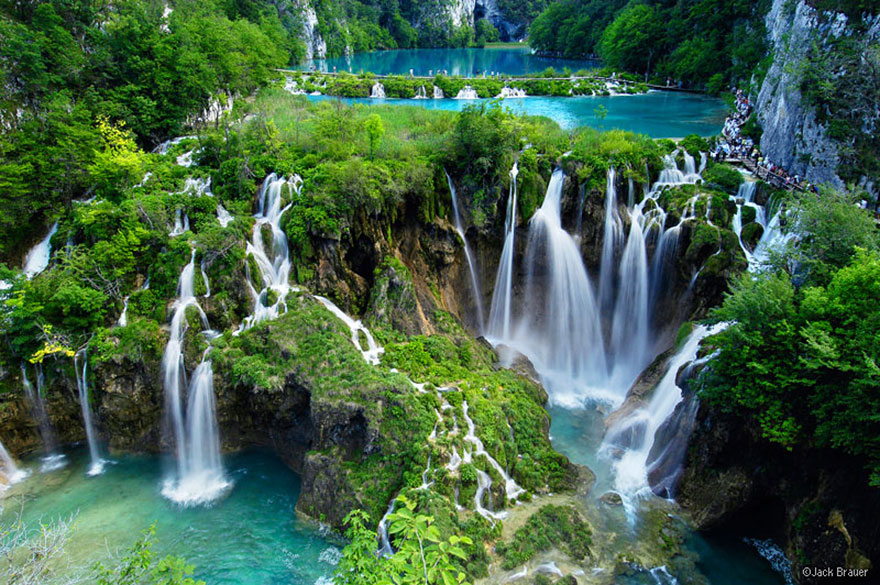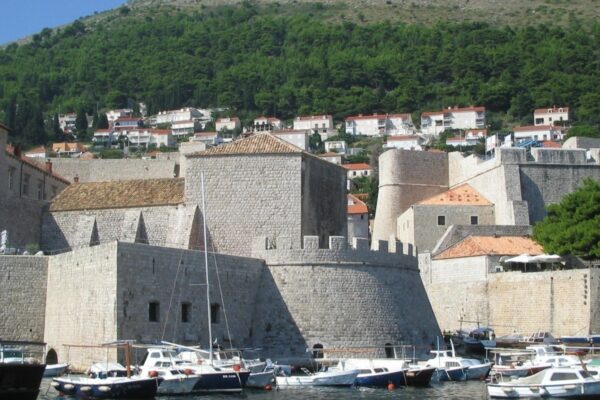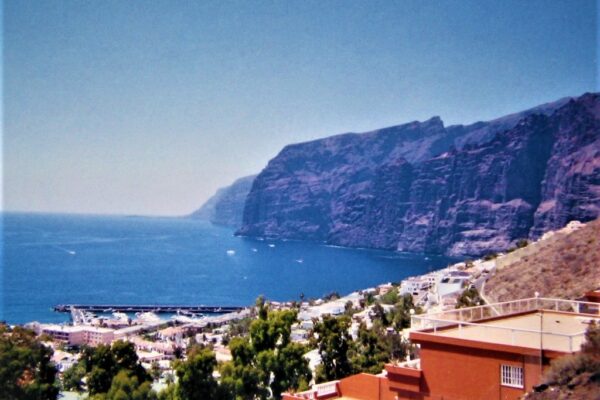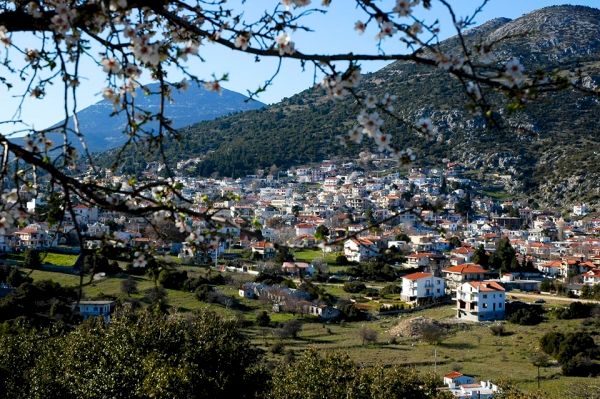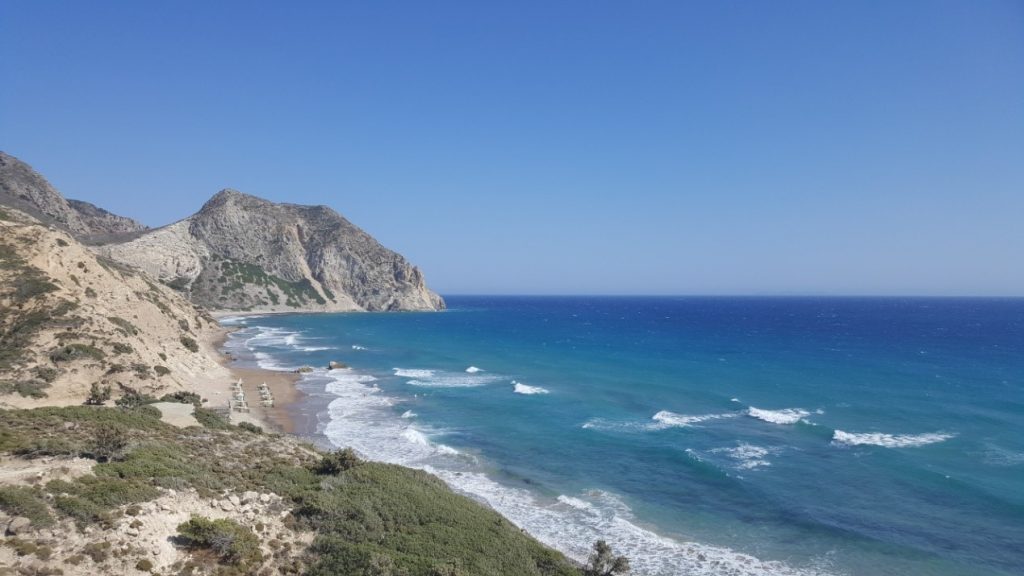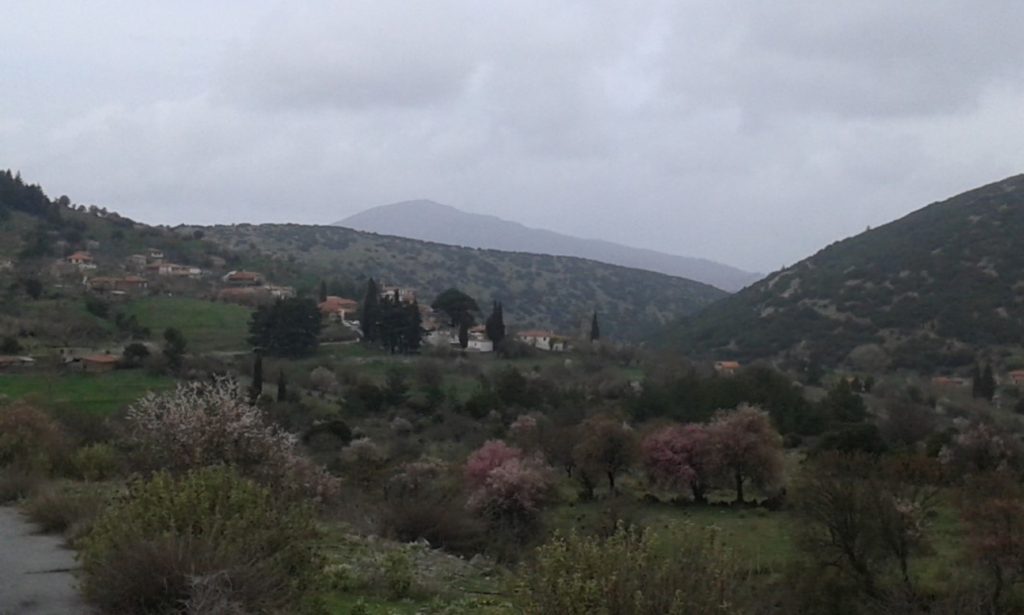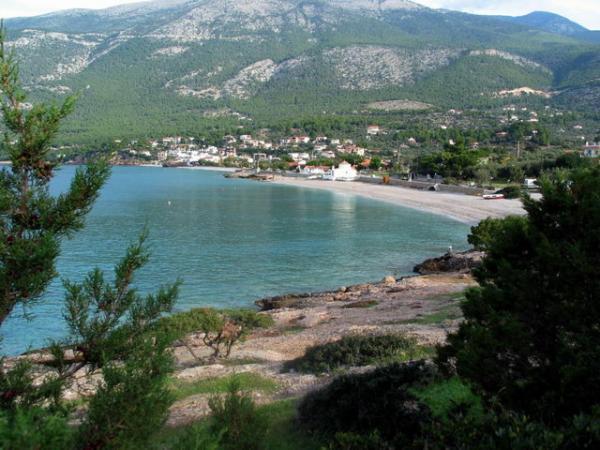Plitvice Lakes National Park, Croatian – Plitvice lakes – Plitvice lakes
The Plitvice Lakes National Park or in Croatian national PArk shallowcka Jthousanda, Located in central Croatia, approximately midway Zagreb–Zadar (Zagreb-Zadar) and is the largest in the country. Located in Plitvice plateau, which is part of Deinarikon Alps (Dinaric Alps) and surrounded by three mountains. The term & Pliesevitsa, (Pljesevica) with the top Gornja Pliesevitsa, 1640 m., Mount Mala Hats (Mala kapela), with top Seliski BPX, 1280 m. and Mount Medvedak (Mentventak), 884 m. the lakes Plitvice located between areas Mala Band and Licka Pljesivica.
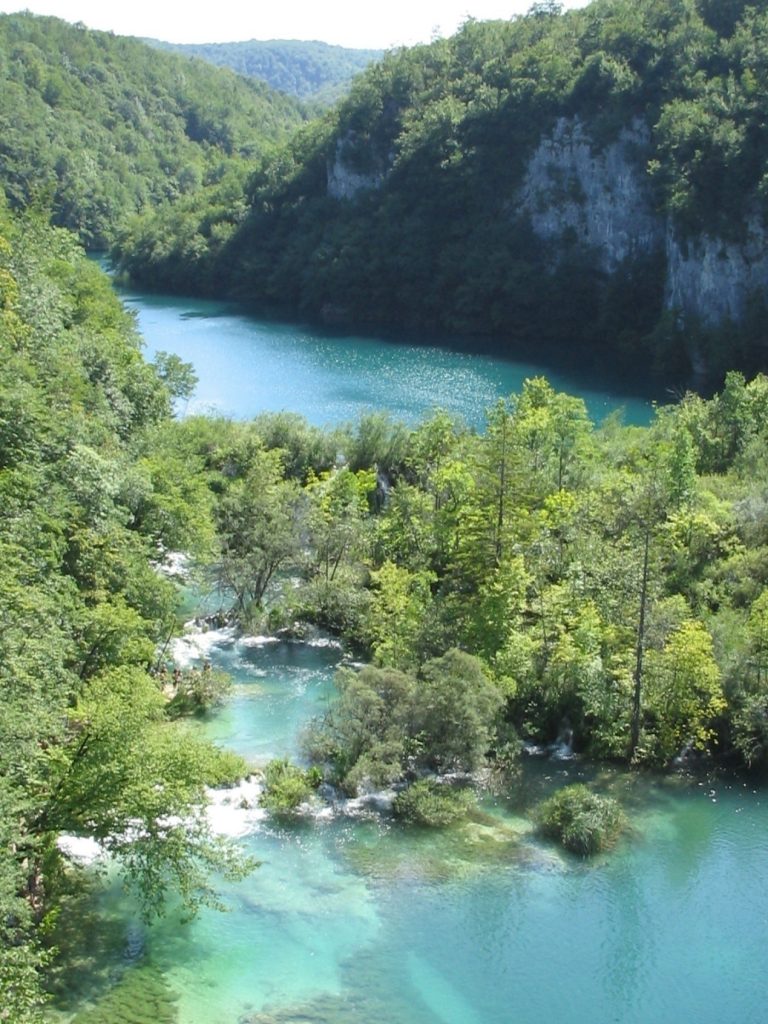
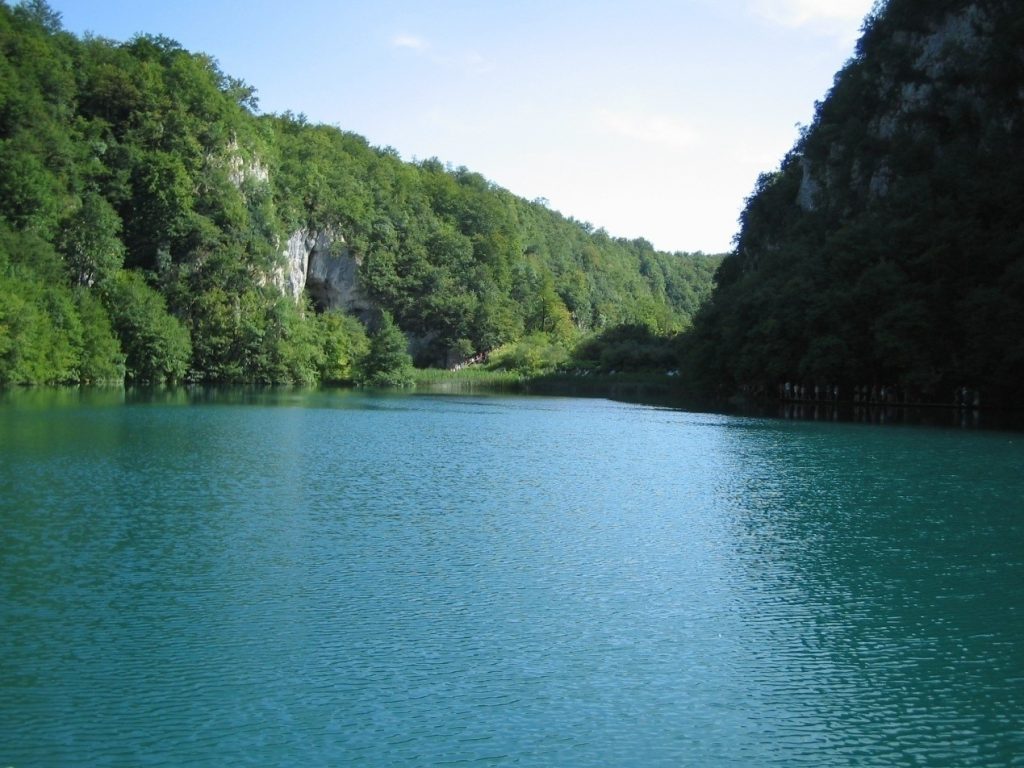
The Park has an area 296,85 km² and comprises 16 lakes that are between the height differences, of altitude 636 until 503 m., with direction from B. to N. The 16 Lakes, linked together, at a distance of about 8 km, with watercourses, waterfalls and potholes.
The lakes are divided into 12 «upper Lakes» (Upper Jlake) and 4 «Lower Lakes» (Lower Jlake). Created by two rivers, the Tsrna and Biella and several underground springs.
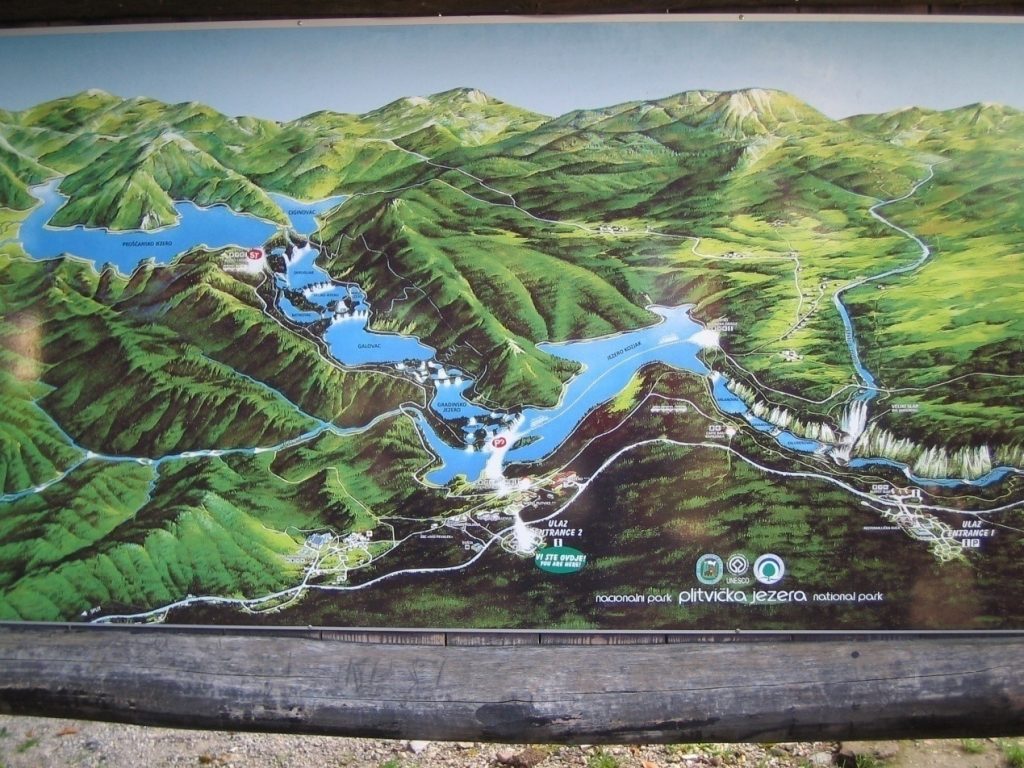
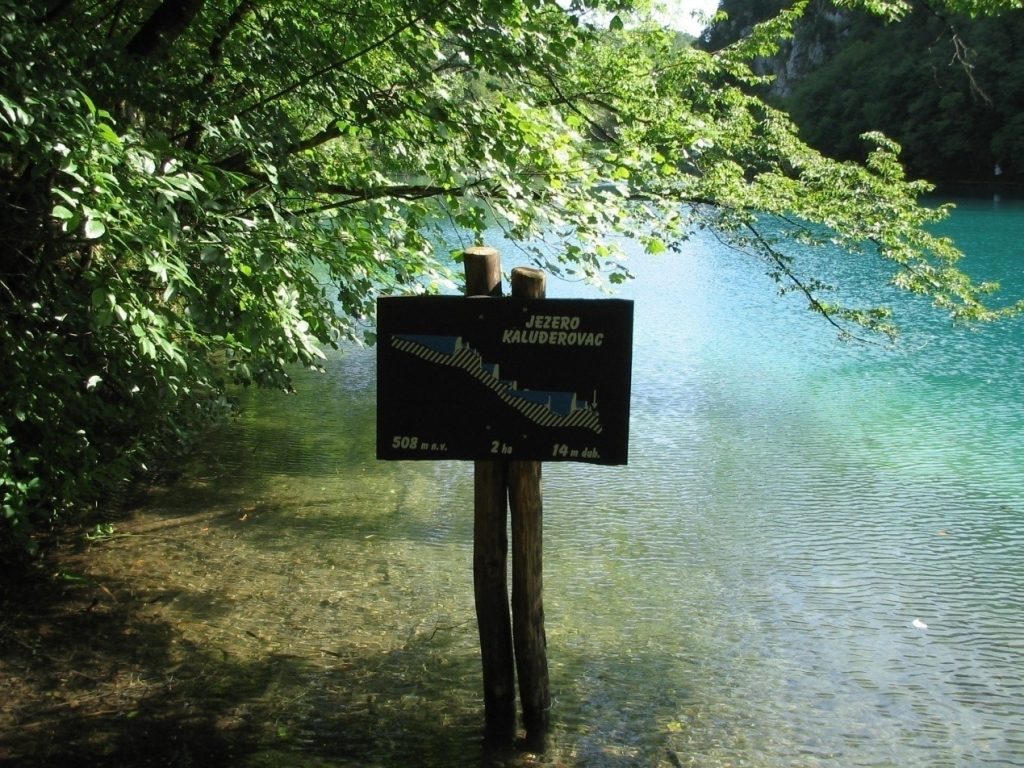
HISTORY
THE Gustav Gianetsek, the 1893 created Association for the Protection and Care of the Plitvice Lakes Croatia, for the purpose of tourism development in the region. Built the first hotel in the Park (1896), near the lake shallots (Koziakas), while built trails and resting places. The 1928, first institutionalized the legal protection of the lake, but only lasted for one year. The 1948, the Socialist Federal Republic of Yugoslavia legislated a setting for the management of National Parks and the park was officially created in 1949. The 1997, the park was expanded to include the entire watershed. From 1979 belongs to UNESCO World Heritage of UNESCO, with over 1 million visitors annually.
GEOLOGY
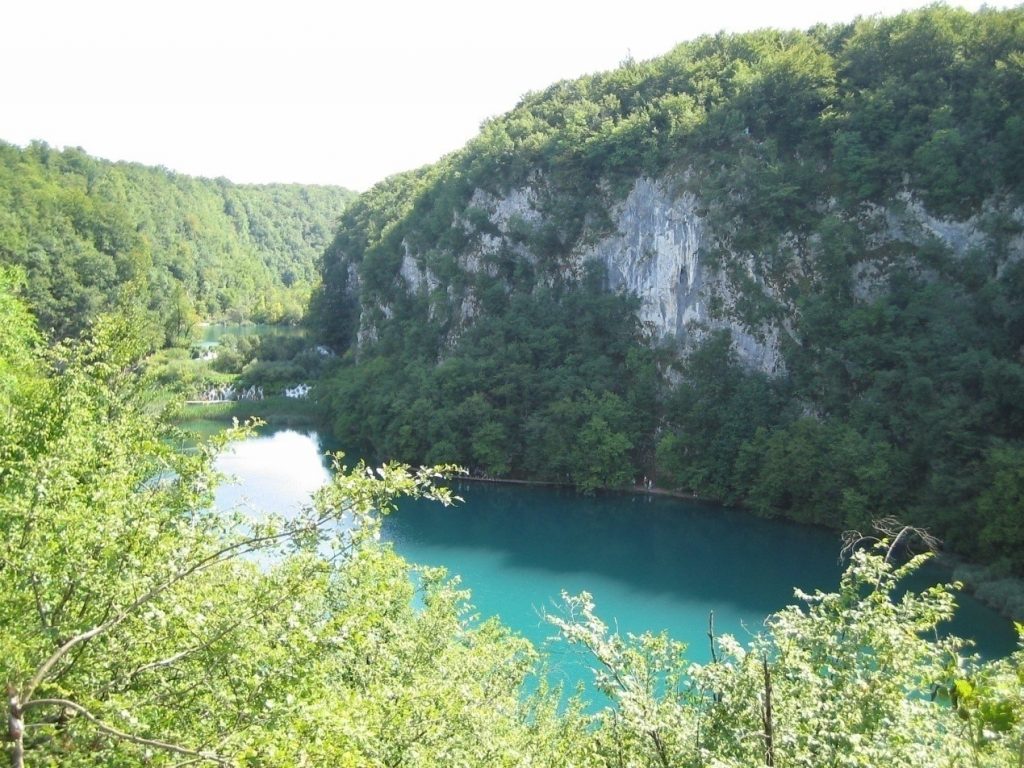
geologically, It is a karst landscape, mainly dolomites and limestones, with lakes and caves. The basins of the first group is from dolomites while the second is from volcanic limestone. The water flowing out of the lower pond forms the River Koran (Quran), length 134 km, which ends in River Mug (cup). The minimum altitude of the Park is 367 m. and corresponds to the river Quran. The lakes have stunning colors, ranging from blue to green, gray or blue, depending on the quantity of minerals or organisms in the water and the angle of sunlight.
Water in combination with soil carbon dioxide forms carbonic acid, which erodes the limestone and dolomites. If this occurs in a waterproof surface, leads to the appearance of natural dams made of travertine. Under the waterfalls Travertine often develops Moss' Kratonefron ". This moss with algae and bacteria, They piled on top of one another, forming travertine barriers grown, at about 1 from. time. First a formed Vrahakia, like protuberance but later below it a spilaiorofi formed. If the water continues flowing the cave becomes progressively bigger.
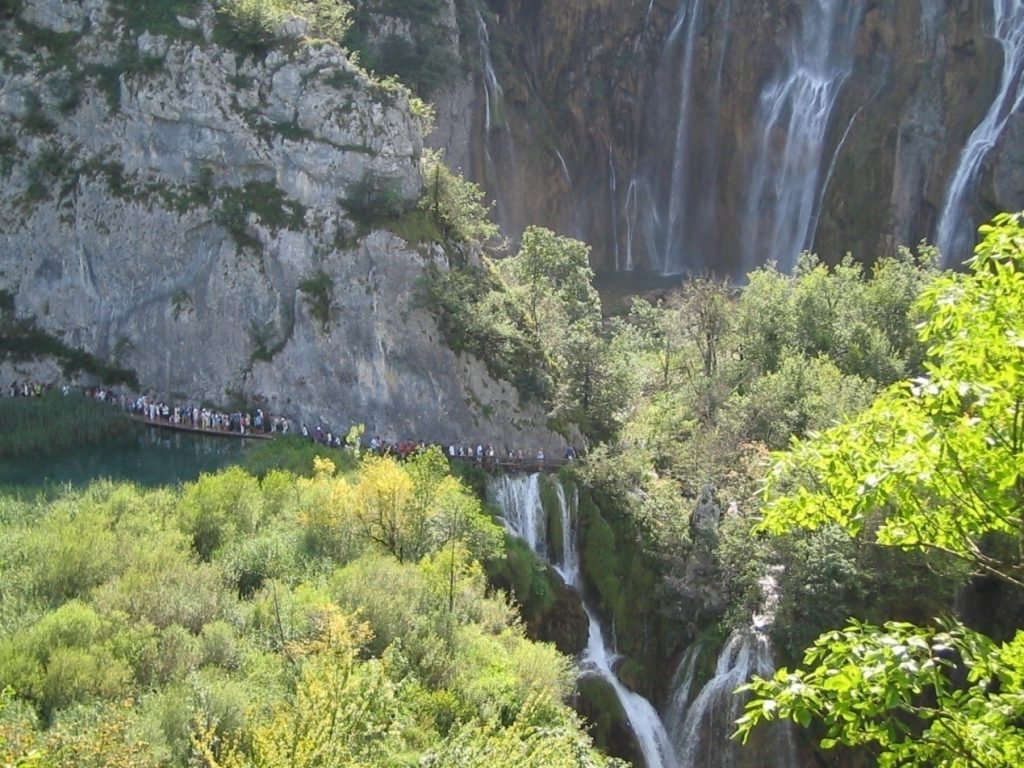
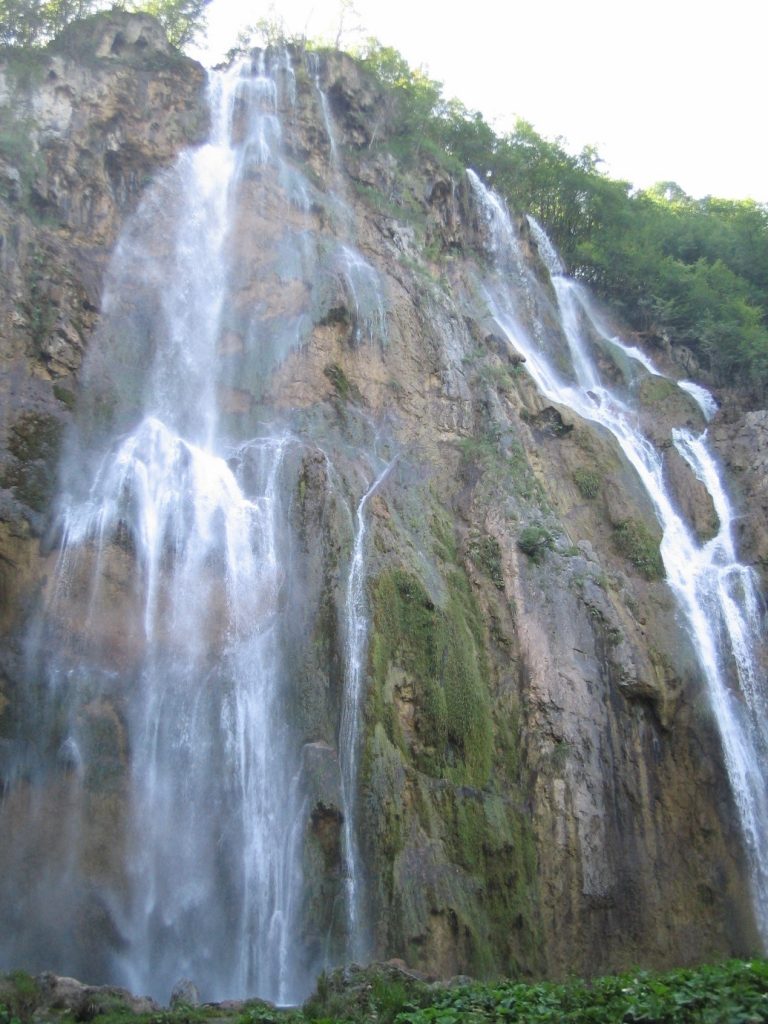

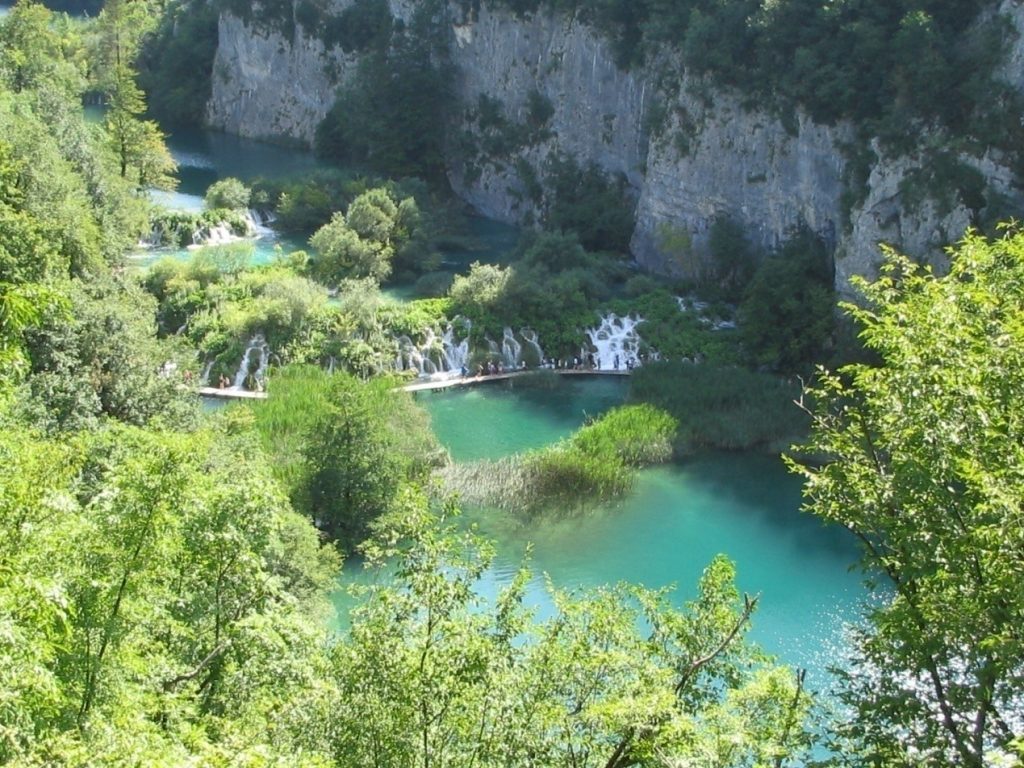
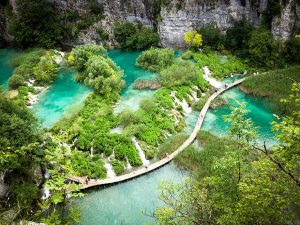

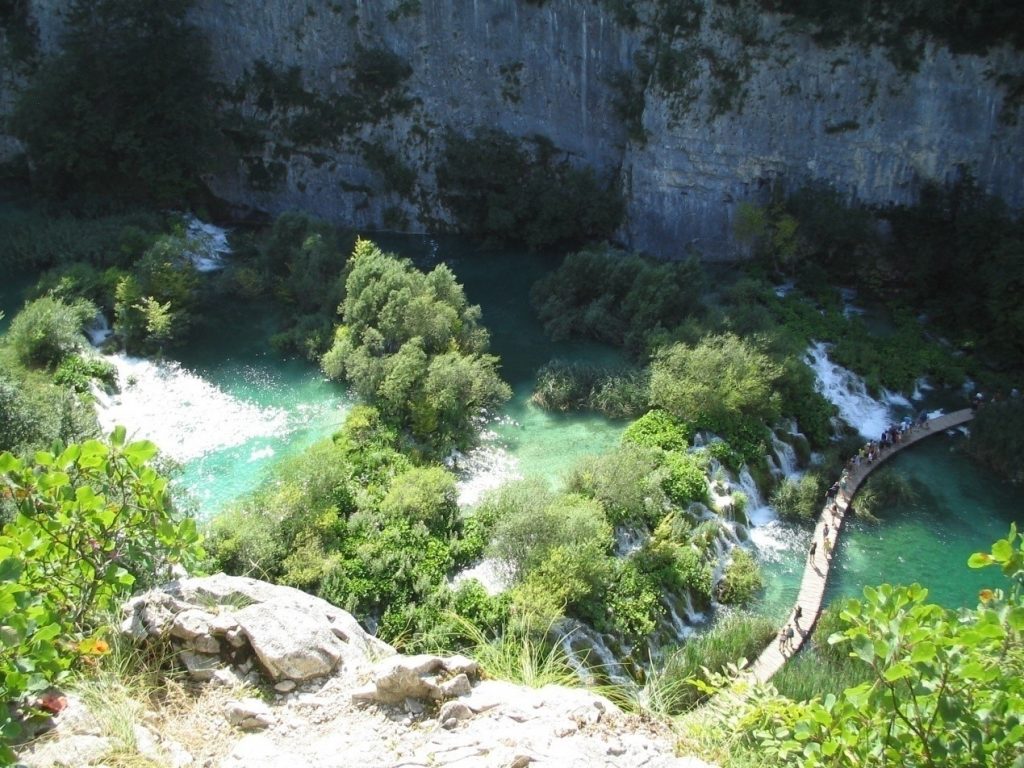
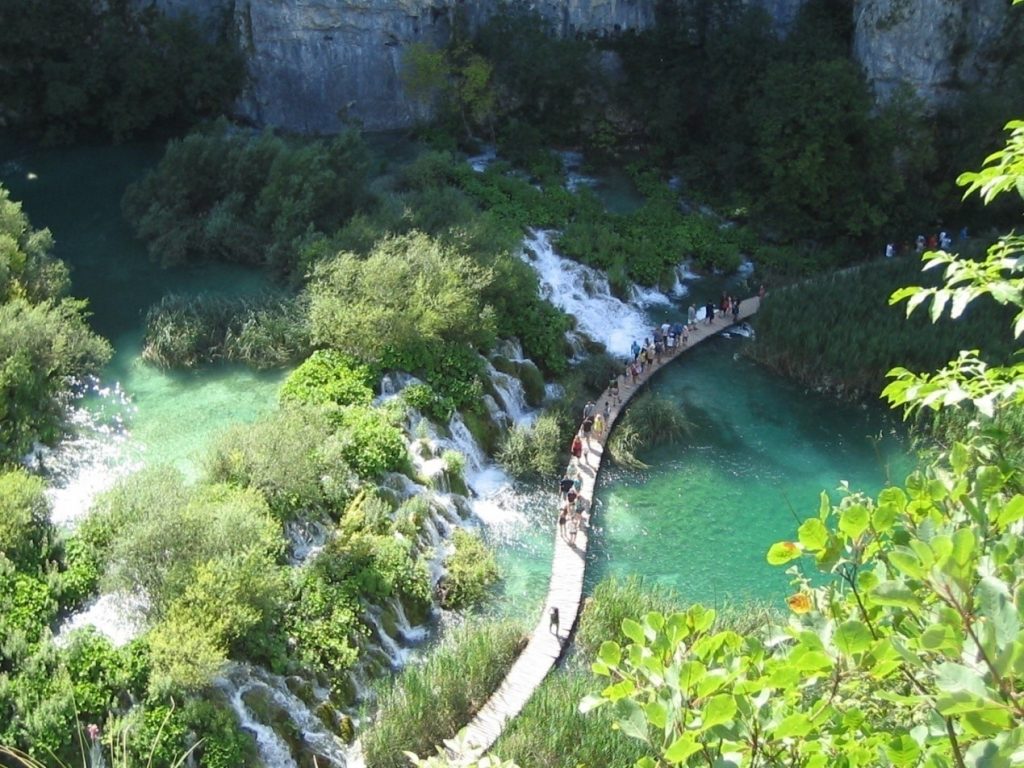
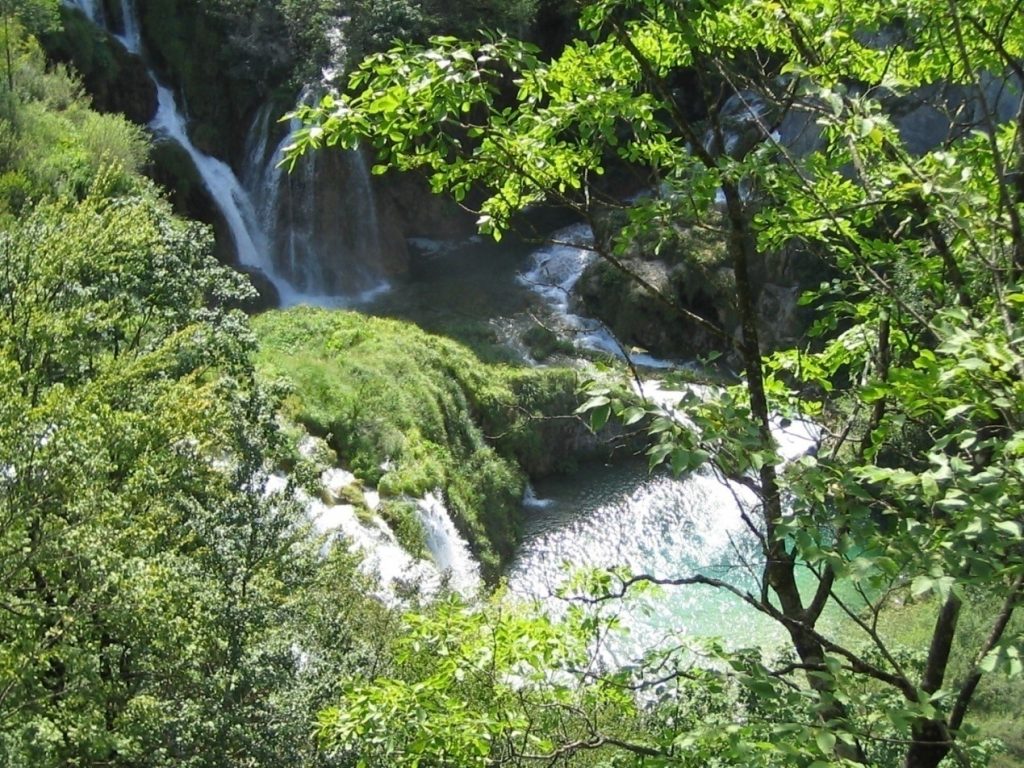
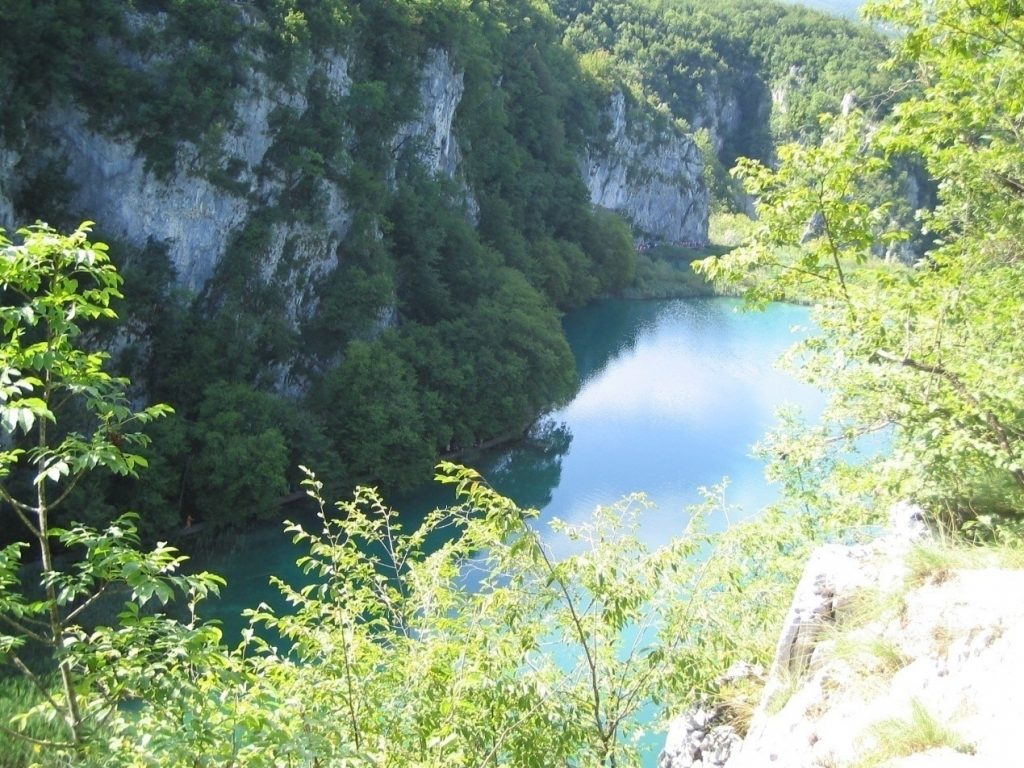
CLIMATE
The best time to walk on lakes summer wherein the temperature is about 18 ° -20 ° C. In spring and autumn, said precipitation is much moisture (82%) and the temperature is lowered. From November to March, due to snowfall, The lakes are mostly frozen in December and January, wherein the average temperature is 2 ° C.
FLORA FAUNA
In the park you will see forests of beech, firs (mainly Abies alba), pine, birches and maples. Flora combines features of Alpine and Mediterranean vegetation. recognized 109 species, of which 75 it is endemic, ie there are only near park and protected by law.
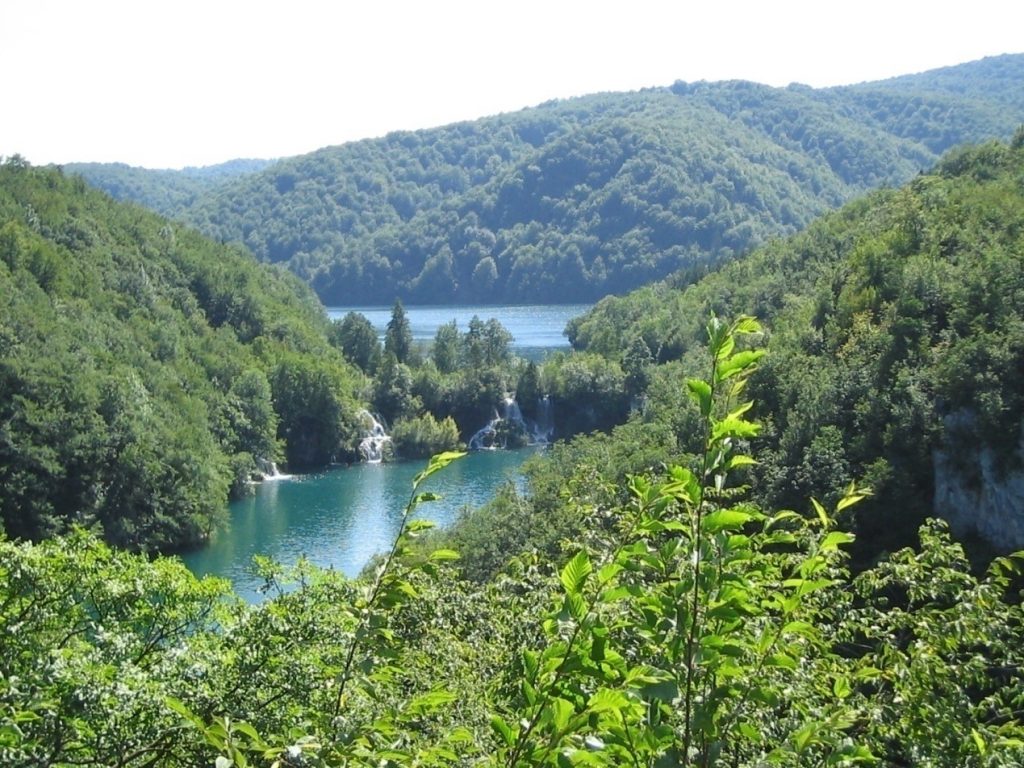
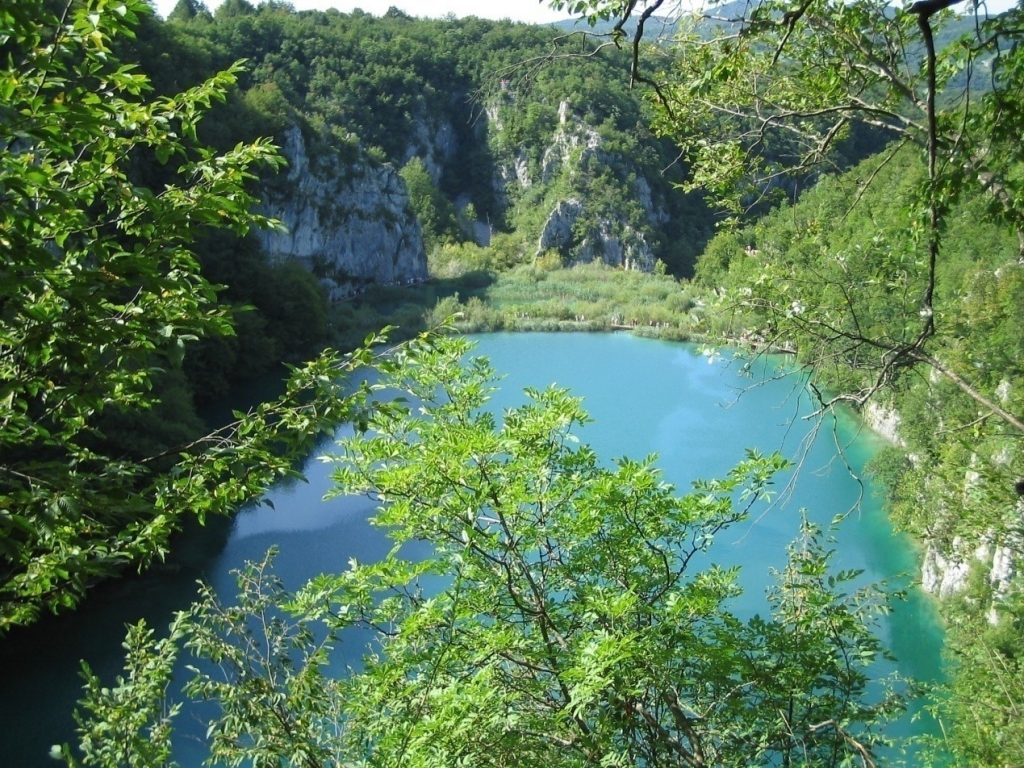
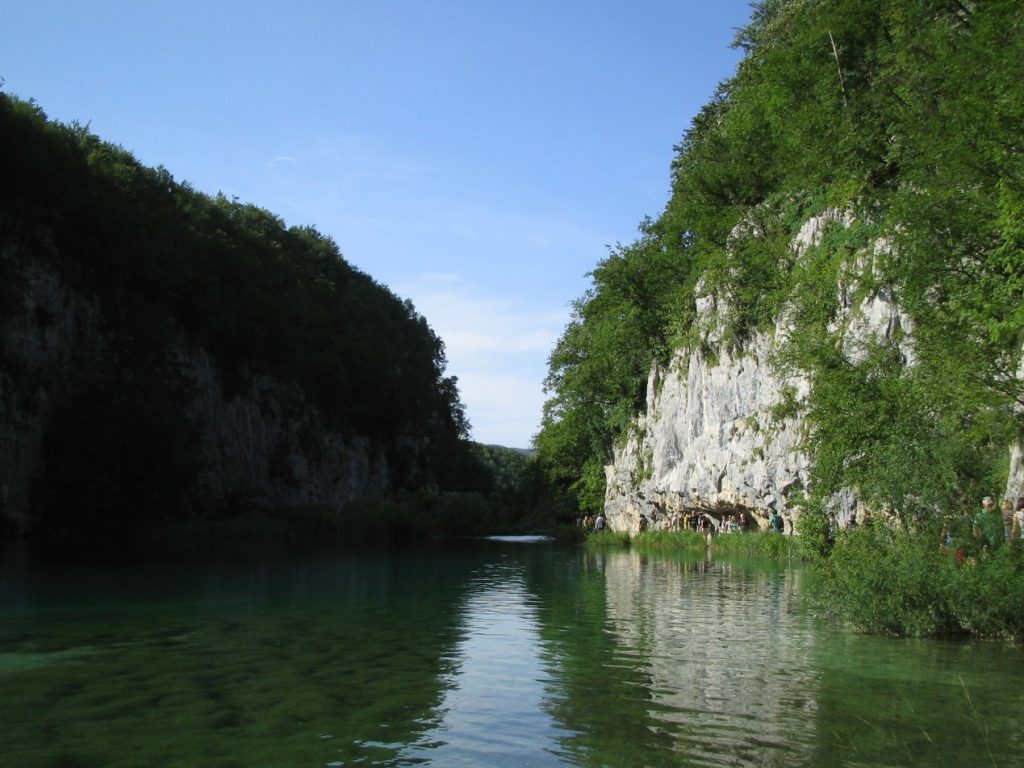
In the region of the Park live a rare fauna such as the European brown bear (endangered), the wolf, The ayear, the owl, lynx (feline), the wildcat, the capercaillie (bird) etc.. also, there are 321 butterfly species, 140 bird species, 12 amphibians, as salamanders, newts and some reptile species, like lizards, the limnofido, turtles and some species of viper. Within the park there are lakes trout species(Common and iridescent), char, kokkinogastroi, ducks etc..
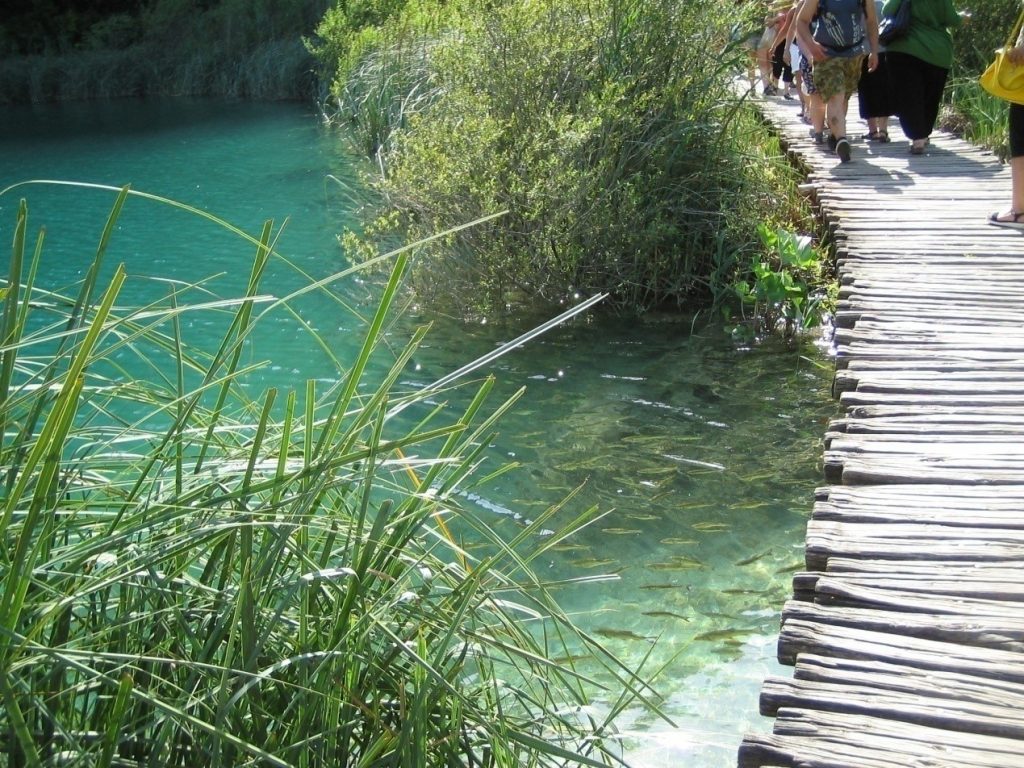
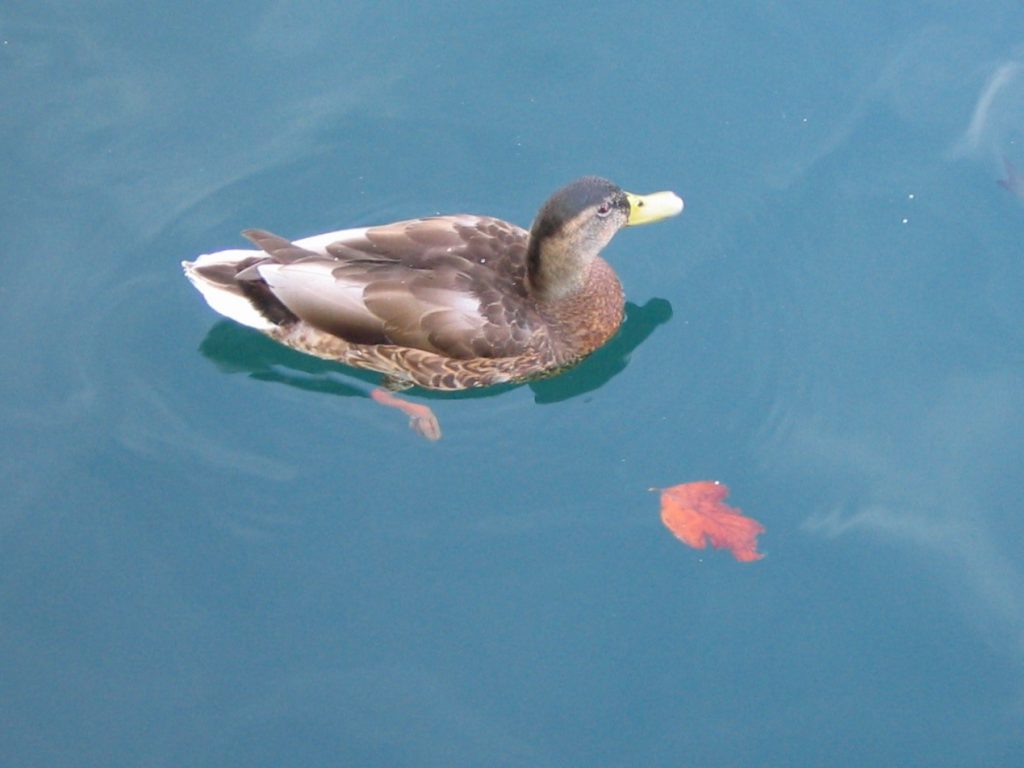
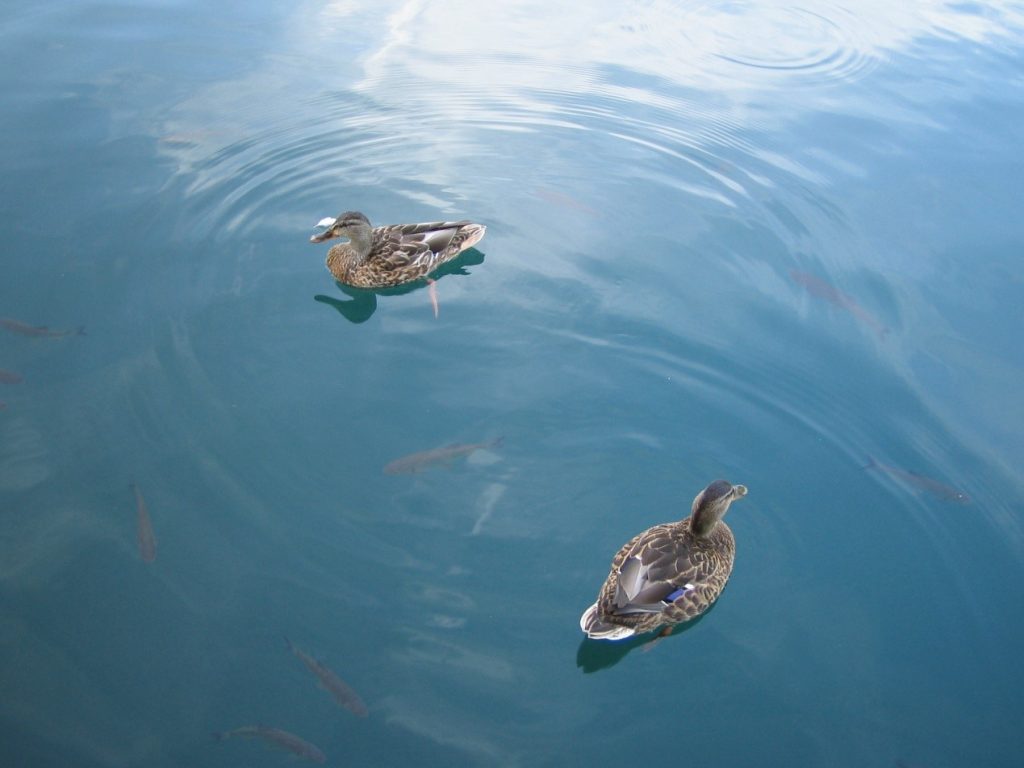
ACCESS - ACCOMMODATION
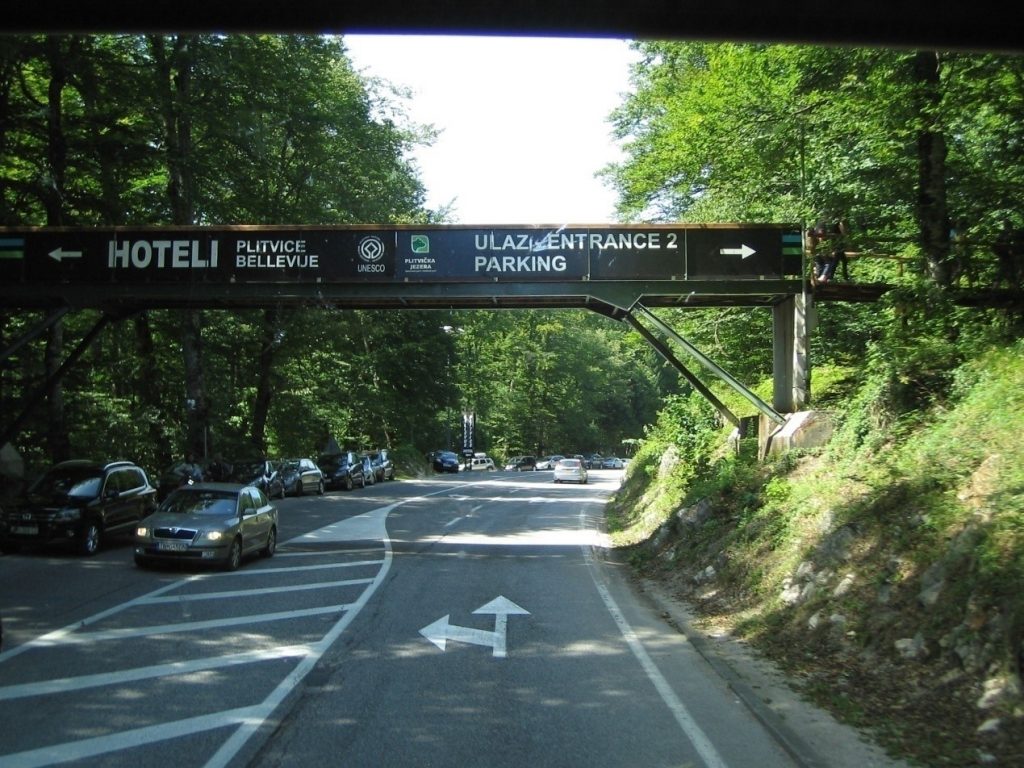
The National Park Plitvice Lakes, you can go to drive your own car or by bus, from Zagreb to Zadar. Airports in the area are the Zagreb airport, Split, Zadar, Dubrovnik. The bus station Central Bus, Located in Zagreb. At the entrance of the National Park there is parking, to leave your car.
Hotels in the area are many, mainly houses, indicatively mention the following :
BELLEVUE Hotel, 2*, Plitvicka Lakes bb, tel. :+385 537 51100
LAKE Hotel, Plitvicka Lakes bb, tel. :+385 537 51400
House BORO, 3*,Jezerce 20, Plitvice lakes, tel. :+385 537 74748
Bungalows Korana, Plitvice lakes, tel.:+385 537 51888
House Milan, Rastovaca 16, Plitvice lakes, tel. :+385 53758017
Hotel Grabovac, Plitvice Lakes National Park, National park Plitvice Lakes, tel. : +385 53751832
Turst Center Grabovac Hotel, 3*,Grabovac 102, Plitvice lakes, tel. :+385 47784192
Plitvice House, 4*,Grabovac 199, Rakovica, tel. :+385 47784276
House Sara, Grabovac 254, Plitvice lakes, tel. :+385 47784214
USEFUL INFORMATION
Inside the park you will pay entrance, where the ticket will be able to take the bus that goes near your path that is configured to cross lakes. Having walk about 4 hours on the way back to get to the lake shallots, where the coffee Kozjacka Draga Buffet, a great space for relaxing, food etc..
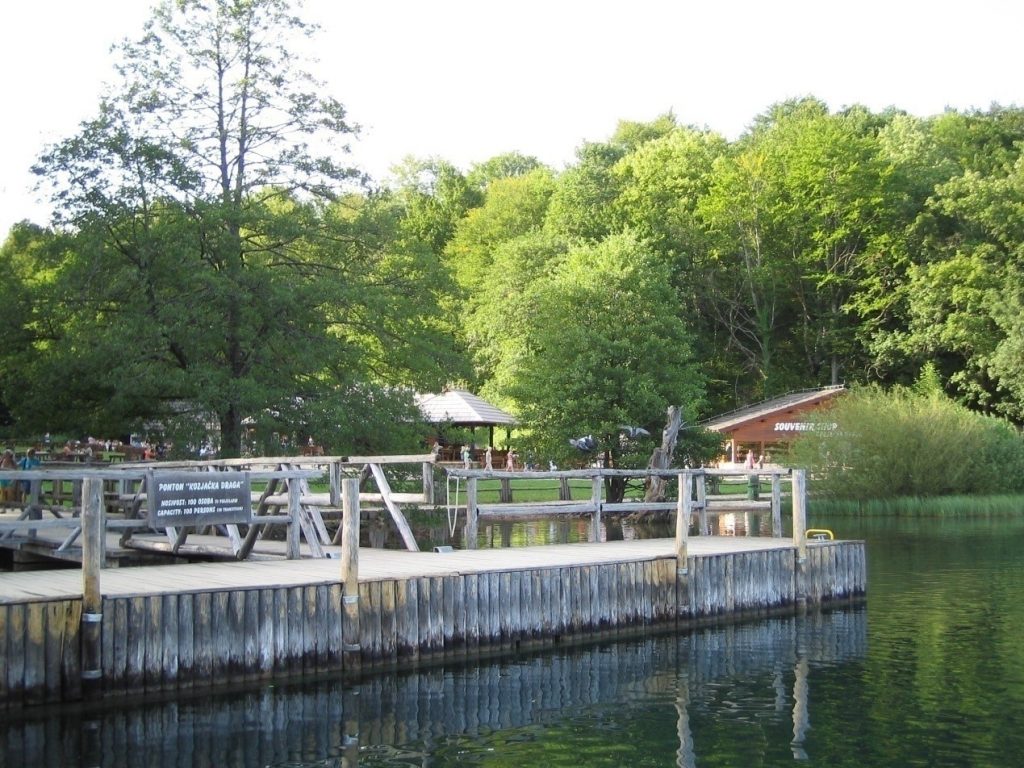
From this area you will get a small boat with which to go back to exit (10 some minutes), where you started by bus.
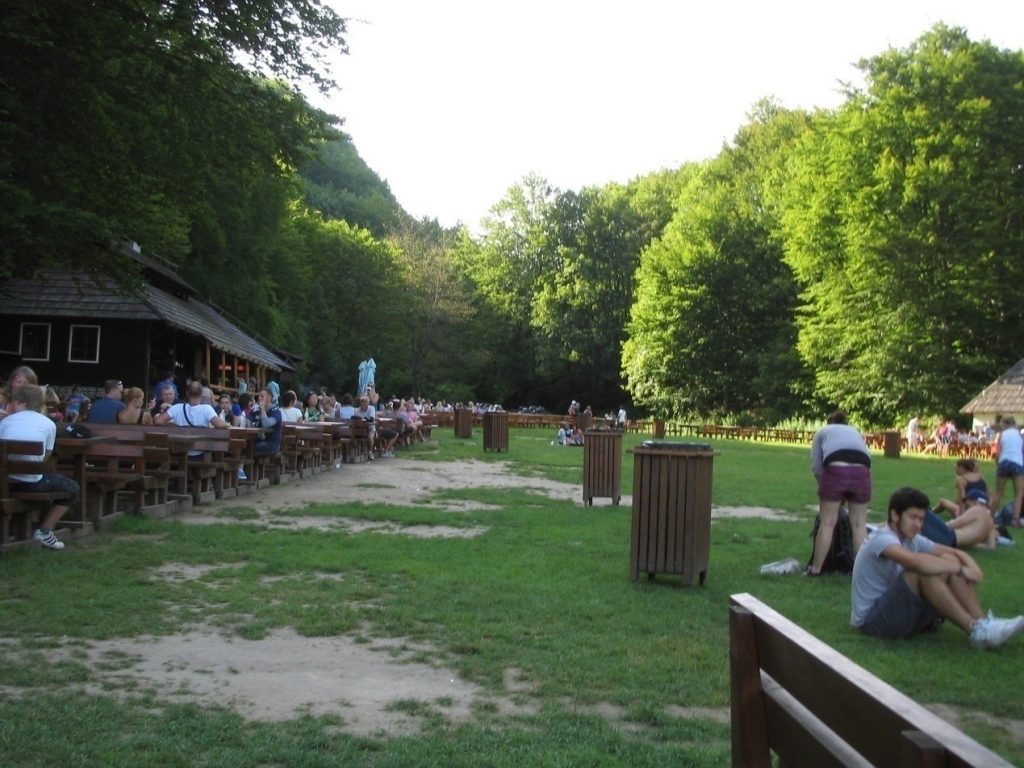
LAKE KOZJAK - RECREATIONAL AREA KOZJACKA DRAGA BUFFET
You should wear comfortable and light clothing, have your hat, water and snacks. Your shoes are closed and waterproof as well as in some places water from lakes, overflow, exceed (slightly) the access path. It should also be noted that the route, because it is long, not recommended for people who are not familiar with walking, They have some mobility problems etc.. Finally you should know that if you come here with a group and not alone, because the path is narrow and crowded, many parts of the world, the group can not wait for you to relax, thus lost.

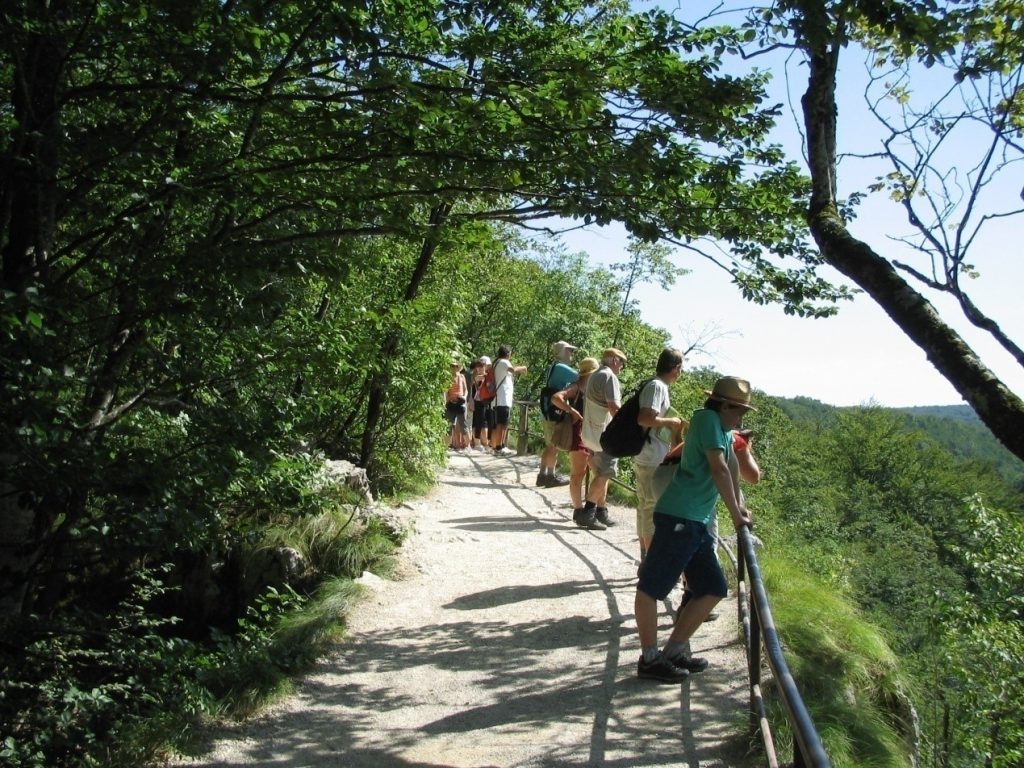
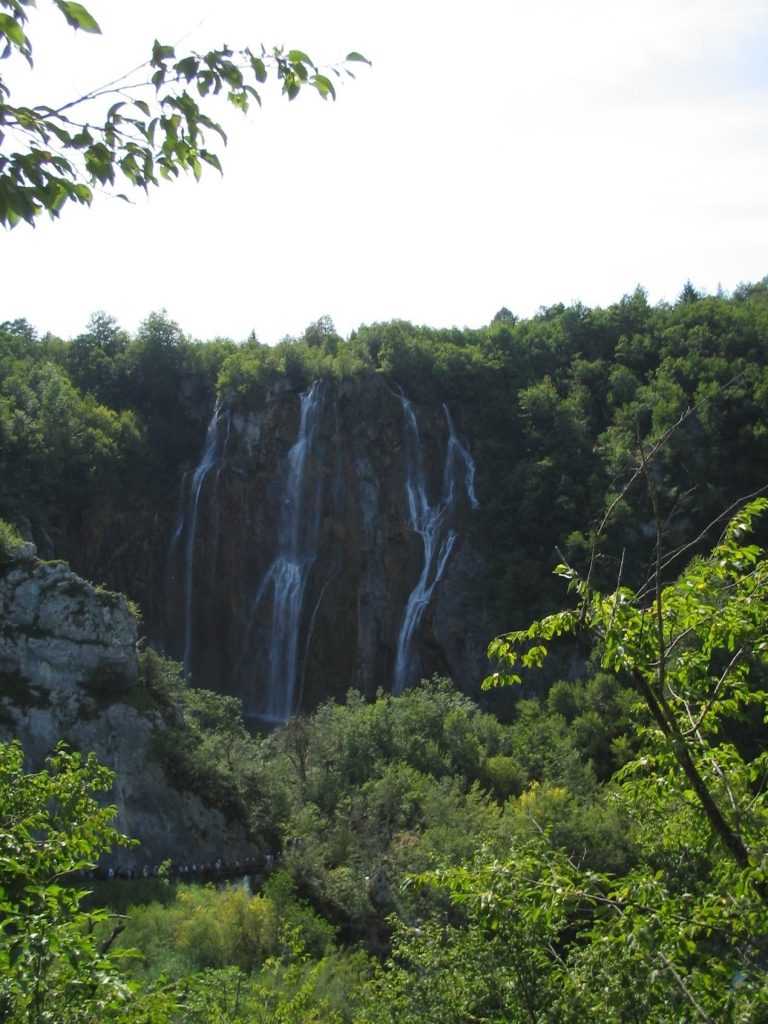
The path follows a substantially circular path. From another point of start and end up elsewhere. At first you see the lakes from above and then you get to walk alongside the water. The trail leads to a spectacular waterfall, where you can take pictures and cool. After turning back, follow an easier access path, alongside lakes, until you reach the lake Kozjak, to get the boat back. After turning back, follow an easier access path, alongside lakes, until you reach the lake Kozjak, to get the boat back.
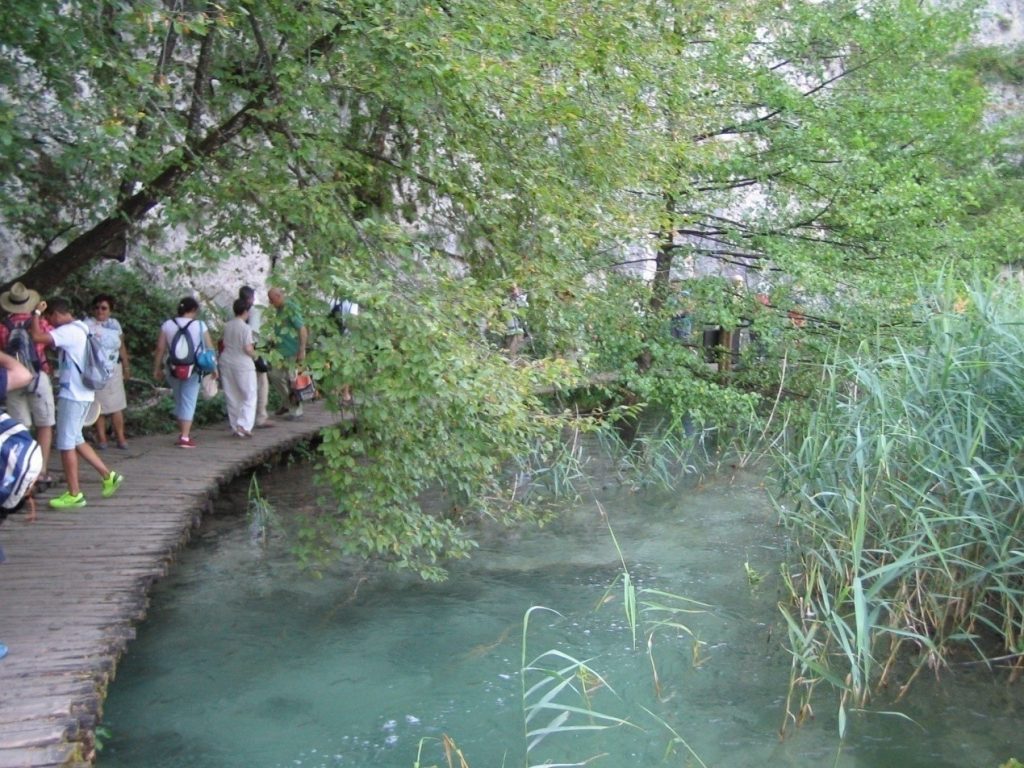
note
If your trip continues on the Dalmatian coast you can see on our articles,
https://www.driverstories.gr/zadar
https://www.driverstories.gr/montenegro-kotor
https://www.driverstories.gr/budva

